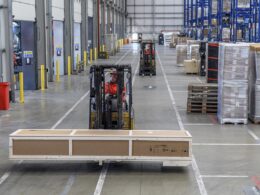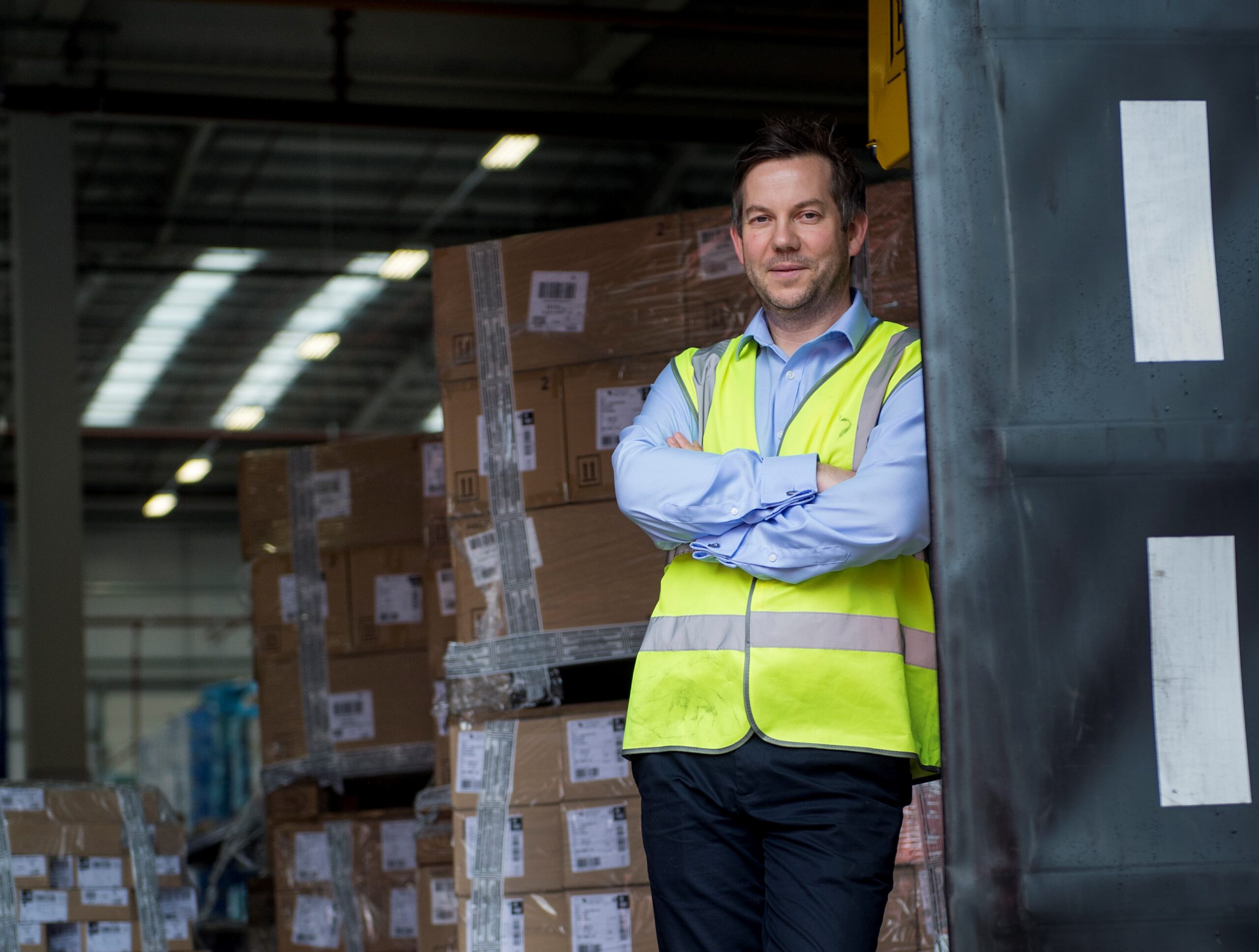This month, Derek Richardson looks at why mixing vital medicines with cheap monitoring ends in tears.
My friends and family might not totally agree, but I find logistics fascinating. Take the pharmaceutical industry as an example. I won’t attempt to set out all the controls that surround a drug’s manufacture, but the validation paperwork alone runs into more than 2,000 pages. Vital controls to ensure those products are perfect.
And then they go into the boot of a sales rep’s car..!
Deliveries to Doctors
Keeping GPs up-to-date with latest remedies is important work, and the logistics of getting samples delivered is a vital link in the chain. Deliveries to chemists in bulk are one matter, and I spend a lot of time working with logistics experts from very large companies where we’re monitoring their warehouses, their distribution centres and so on, and recording all the data onto the cloud. All well and good.
But what about the small-quantity logistics involving cars and light vans? Correct transportation and storage are no less critical. Leaving, say, a trial course of vaccine to cook or freeze in a bag on the back seat or in the boot is never going to work! Obviously the drivers have suitable containers, but that doesn’t exclude them from the same proofs that we need to demonstrate for bulk deliveries.
It’s more than compliance with legislation – no one wants to pass on a medicine that has exceeded its critical parameters. Monitoring is obviously key and the main gripes I hear is that it’s either too labour-intensive or the system someone’s using is cheap but not at all cheerful. Or worse still, expensive and still no good.
A maxim my colleagues often use in monitoring is ‘If it’s worth measuring, then it’s worth measuring well.’ What do they mean by that? Well, fed-up logistics people often show me a lot of budget monitoring kit they’ve bought, with a set of very poor quality sensors at their heart. Budget sensors can’t avoid being poor quality – how else is the manufacturer to save money?
Don’t Buy a Problem
Inevitably, instead of a ‘problem solved’, cheap sensors soon becomes a ‘problem purchased’, with the logistics people moaning that ‘We never get the same measurement out of them twice.’
When something you’re monitoring in transit changes temperature, it will heat up and cool down to different levels each time; so you won’t get a repeatable result. Hence, why the cheap sensor will undo you in the end is because you have to make your decision about the item in transit from the data you’ve collected. And if the data you collect is wrong you could be scrapping, for example, a load of medicines when in actual fact you didn’t need to since your storage hadn’t failed. You just didn’t know it!
This is one of many reasons why logistics monitoring excites me. Sorry, but it does! In pharma, most people need to check either temperature or humidity & temperature combined. And new technology is now allowing logistics people to take ‘big system’ monitoring and reduce that in both size and cost to suit even an individual car, without compromising on quality.
If you’re looking for something like this, here’s some advice based on experience.
- Seek out flexibility. Can your device be both internal battery and vehicle powered, for example?
- Modesty forbids me mentioning our own iSense system, so I won’t… but investment in a GPRS (General Packet Radio Service) device is the way to go. You can even monitor via your smartphone that way!
- Even if you lose 3G, your data will be stored and will be transmitted once signal is re-established.
Potential IT Nightmare to Avoid!
There’s a very important IT aspect here. Some GSM devices provide data that will freak out your IT colleagues. Why? Because every time you transmit, your telephone provider will issue a different IP address. So your IT department would need to open up a whole range of ‘holes’ in their firewall – and that’s never going to happen!
The way around this is for someone like us to host a data routing service. Our own iSense send your data through our data routing service which assigns it a secure fixed IP address of the customer’s choosing; as one logistics person described it: ‘A really neat solution to what had been a perennial problem.’
Be Alarmed!
Oh yes – one last tip – make sure you can set real-time ‘upper and lower limit’ warning alarms. Also, ensure these come to the vehicle immediately – not through a central control or at the end of a journey when it’s too late to prevent the loss! After all, a cheap data logger might look great but if it’s not real-time data all it will tell you is, “I gave Dr Jones some samples yesterday and they had overheated en route.”
That ‘after-the-event data is what’s what I’d call ‘a bit late, mate…’
But forget the technology – all that matters is the end result; and the advantages of ‘big logistics’ monitoring is now practical and affordable, even in single cars and vans! So your hard-driving rep can now simply check their mobile phone to verify the peak condition of their samples, while they’re behind the wheel.
Or to save even more cash, why not consider posting your drug samples? I’m told that for only £1 the Post Office will ‘look after’ your items for weeks! And their new ‘quality control’ means that any items marked ‘Fragile’ will only be thrown underhand.
Derek Richardson












